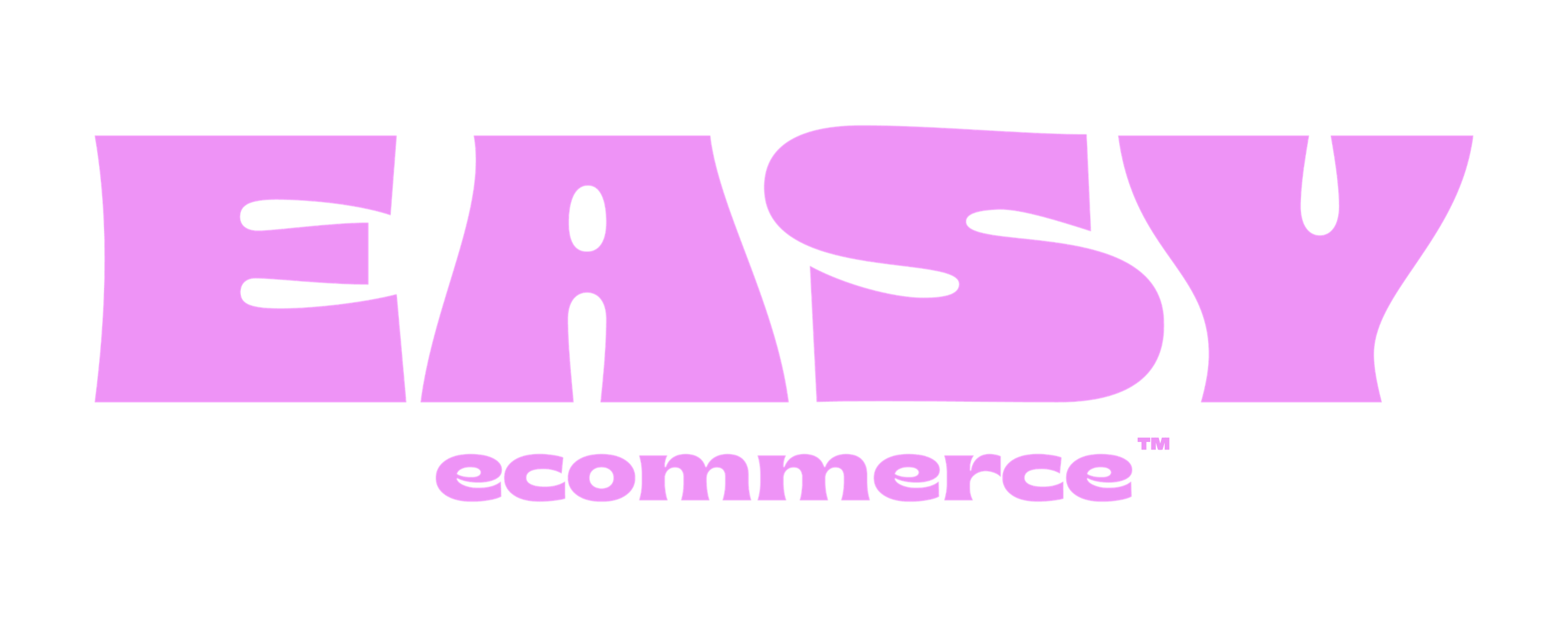

There's been a lot of change to ecommerce over the past couple of years. So what's happening?
As it's been widely written about, COVID-19 accelerated the growth of ecommerce retail considerably.
2023 has seen a deceleration and moderation of ecommerce growth, understandably, as retail stores have reopened and people have gotten out and about. Ecommerce is still growing though, so what state is it in?
I summarize this state below to create a reference baseline and will detail where I see ecommerce going in subsequent articles.
These developments have collectively shaped the ecommerce landscape over COVID-19, pushing the industry towards greater innovation and customer-centric approaches. This sets a new baseline and foundation for what's to come.
Technological Advances
- AI and Machine Learning: Advanced recommendation algorithms became more prevalent, helping customers discover relevant products and improving sales conversions. Chatbots and automated customer service tools also became more sophisticated.
- AR and VR Experiences: Retailers like IKEA and Sephora made use of augmented reality to let customers "try out" products like furniture and makeup virtually, helping to bridge the gap between online and in-store shopping.
- Blockchain Technology: Although still in its infancy, blockchain began to make inroads into e-commerce for purposes such as tracking the supply chain and authenticating high-value products.
- Voice Search: With the growing popularity of smart speakers like Amazon's Echo and Google Home, voice-activated shopping gained traction.
Consumer Behavior Changes
- Omni-Channel Experience: As online shopping became the norm, retailers focused on seamless integration between online and in-store experiences, with features like "buy online, pick up in-store" (BOPIS) becoming increasingly popular.
- Social Commerce: Social media platforms like Instagram and Facebook expanded their shopping features, allowing businesses to sell products directly through the platforms.
- Subscription Services: Monthly subscription boxes and auto-renewing orders became more widespread, spanning industries from beauty products to snacks to pet supplies.
Logistics and Delivery
- Sustainability: There was a growing demand for eco-friendly practices, including sustainable packaging and carbon-neutral shipping options.
- Same-Day Delivery: Advanced logistics and localized warehouses enabled faster delivery options, including same-day or even two-hour delivery in some cases.
- Contactless Delivery: Initiated due to the COVID-19 pandemic, contactless delivery options continued to be popular.
Regulatory Changes
- Data Privacy: With increasing scrutiny on how customer data is handled, e-commerce sites started adopting more stringent data protection measures. New or updated regulations like GDPR in Europe and CCPA in California necessitated changes in how e-commerce companies operate.
- E-commerce Taxation: Changes in taxation laws, like the collection of sales tax in the United States for online sales, became more standardized.
Market Developments
- Global Expansion: E-commerce platforms continued to globalize, offering multi-language support and international shipping options.
- Rise of DTC Brands: Direct-to-Consumer (DTC) models gained traction, bypassing traditional retail channels to sell directly to consumers.
- Niche Markets: Specialized e-commerce platforms focusing on particular industries or customer bases, such as luxury goods or hobbyist supplies, saw growth.
In Summary
In 2020-2023, ecommerce underwent significant transformations, propelled by technological innovations and shifts in consumer behavior, further accelerated by the COVID-19 pandemic. Advanced recommendation algorithms powered by AI and machine learning became indispensable for customer personalization and sales optimization. Augmented and virtual reality technologies allowed customers to virtually "try" products, enhancing the online shopping experience. Voice-activated shopping gained momentum due to the increasing popularity of smart speakers like Amazon Echo and Google Home.
Consumer expectations evolved, driving retailers to offer seamless omni-channel experiences, including popular features like "buy online, pick up in-store" (BOPIS). Social commerce took a leap forward as platforms like Instagram and Facebook expanded their in-app shopping features. Subscription services proliferated across various sectors, from beauty to groceries.
Sustainability entered the mainstream, with a growing demand for eco-friendly practices like sustainable packaging and carbon-neutral shipping. Fast delivery options, including same-day and even two-hour deliveries, became feasible thanks to advanced logistics and localized warehousing. Regulatory changes also made an impact; increased scrutiny on data privacy forced e-commerce sites to adopt stringent data protection measures. Taxation laws evolved, requiring standardization in online sales tax collection.
These multifaceted developments collectively steered the ecommerce industry toward greater innovation and a more customer-centric approach, setting up a strong future for ecommerce growth.











